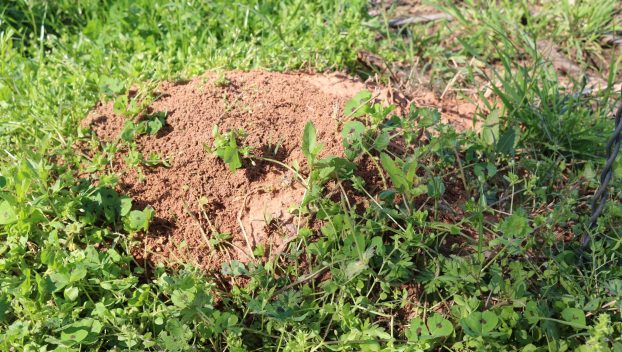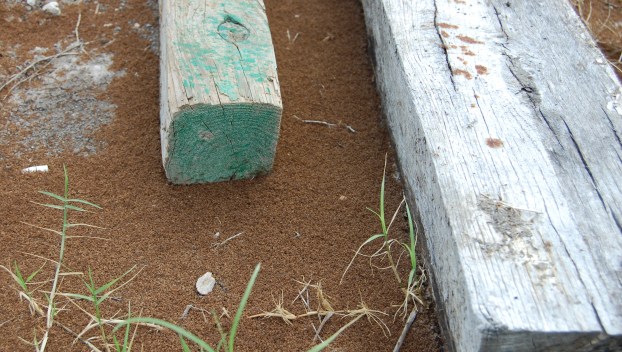
Lifestyles
HOME & GARDEN SPOT: Controlling fire ants this spring
Those preparing their summer vegetable gardens may find their plots already teeming with life, but not the kind ... Read more

Those preparing their summer vegetable gardens may find their plots already teeming with life, but not the kind ... Read more

Like every state, Alabama has its official state symbols. The state bird is the yellowhammer, the camellia is ... Read more

NEW ORLEANS (AP) — Tawny crazy ants are pushing fire ants out of some Louisiana sugar cane fields ... Read more

Drop a clump of 100,000 fire ants in a pond of water – or flood a huge area ... Read more

AUSTIN — There’s a hitchhiker traveling across Texas, and if it hasn’t yet crawled into your computer, plugged ... Read more